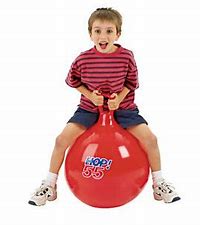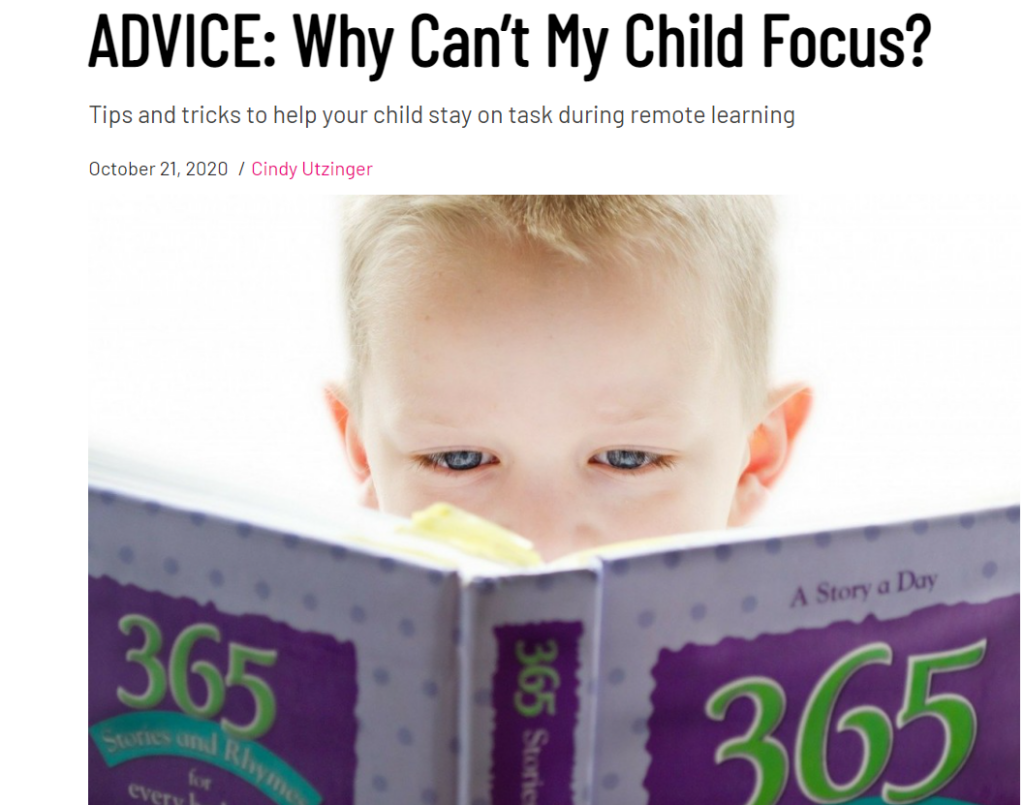Pro-prio-WHAT? Pro-pre-o-cep-shun-The proprioceptive system is so important for our children yet it’s something we never think about (or really even know how to say). Let’s discover exactly what proprioception is , why kids crave it, and how we can make sure we give our kids the proprioceptive input they so badly need.
What is proprioception?
We all learn about the five senses: sight, sound, smell, touch, and taste. Sajid Surve, DO, writes that these senses are responsible for our interaction with our external world. What we do not always learn about are the senses that are responsible for our internal functioning with one of the most important internal senses being proprioception.
Proprioception is our “position” sense. It is the ability of our muscles and joints to determine where they are in space and allows us to move quickly and freely without having to consciously think about it. Proprioception allows the body to make a plan so we can move correctly and efficiently without using vision to help us. The brain receives proprioceptive input through the information it receives when we stretch or contract our muscles or bend, straighten, pull, and compress our joints.
Proprioception lets us know that our elbow is bent vs. straight even when we cannot see it.
Proprioception helps us to put one foot in front of the other to walk without having to look at our feet.
Proprioception helps us to ride a bike and focus on where are going instead of thinking about what our trunk, arms, and legs are doing.
Why is proprioception important?
Children need a lot of opportunities for proprioceptive input because proprioception:
- Helps children get to their “just right level of arousal”– Proprioceptive input can be regulating, calming, soothing, organizing, or alerting depending on the current state of the nervous system. It can help an over stimulated child become more grounded and ready to focus or a drowsy child to wake up in order to feel alert and able to concentrate. This is why kids crave this type of movement input. They recognize that they are not at their optimum
- Promotes success in fine motor and gross motor activities – We need a healthy understanding of what our bodies are doing in space in order to be successful with motor skills. We take body awareness for granted because it comes naturally to most of us and we don’t have to think about it but for many of our children this awareness is not yet on autopilot.
- Gives children spatial awareness and helps them to understand personal space– If a child does not have a clear understanding of what their body is doing in space, they will struggle to know where their space ends and another’s begins. They will also struggle with knowing how to use their body to complete a task. For example, a baby learning to reach for a toy has to know how far to reach their arm in order to grab it.
- Helps us to grade our movements-This means it allows us to know how much or how little force to use. It helps kids know how hard to press with their pencil when writing, how much or little force to use when playing, and how much muscle to use to lift or carry something.
What do proprioceptive difficulties look like in children?
- Seeks out activities that involve jumping, crashing, or bumping
- Chews non-food items (“shirt chewers”)
- Has difficulty sitting in a chair; constantly tapping foot on floor, pen on desk, etc.
- Loves roughhousing
- Loves jumping off furniture or high places
- Loves deep hugs
- Presses too hard when writing
- Plays with too much force
(For a complete list, click HERE)
Examples of proprioceptive activities
- Pushing and pulling (for example, a loaded wagon or laundry basket)
- Jumping activities (hopscotch, trampolines, jumping jacks, hippity hop ball, bounce houses)
- Carrying heavy objects (grocery bags, weighted back packs, suitcases, stack of books)

- Bear hugs
- Animal walks or wheel barrow races (crabwalk, bear crawl, bunny hop, snake slither)
- Playground activities (climbing, monkey bars)
- Household chores (raking leaves, vacuuming, carrying laundry basket, sweeping, mopping)
- Wrestling
- Drinking through a straw or eating chewy foods
Combining proprioceptive input and learning
I love to work proprioceptive activities into learning since this type of input gets kids neurologically organized and at their “just right” level of arousal. Some examples of how I like to do this are:
Jumping
• Put letters, numbers, or words (use sticky notes or foam bathtub or magnetic letters and numbers) on the floor or wall and jump up to touch or jump on the appropriate one
• Take learning outdoors using sidewalk chalk to write the letters, numbers, or words, and jump on the appropriate one
• If you have a trampoline, use chalk to write on it and your child can jump on the appropriate letter, number, or word
• Play hopscotch with letters, numbers, or words
Animal walks
• Place letters, numbers, words, puzzle pieces, etc. on one side of the room and use your animal walk (see above for ideas) to retrieve it and bring it back to the starting line
You can watch this video for tips on how to combine learning and movement or find more ideas on how to combine sensory input and learning in my blog 20 Simple Sensory Learning Activities.
One last thing. It’s important that kids live a sensory lifestyle. That means that it is important that we create an environment conducive to them getting sensory input throughout their day. However, I realize you can not quit your job and just do sensory activities with your child all day. In my book Why is My Kid Doing That? A Sensory Approach to Understanding Your Child’s Behavior I give ideas on how you can work this in to your busy life plus many more fun ideas on how to help your child get the proprioceptive and other sensory input they need.



